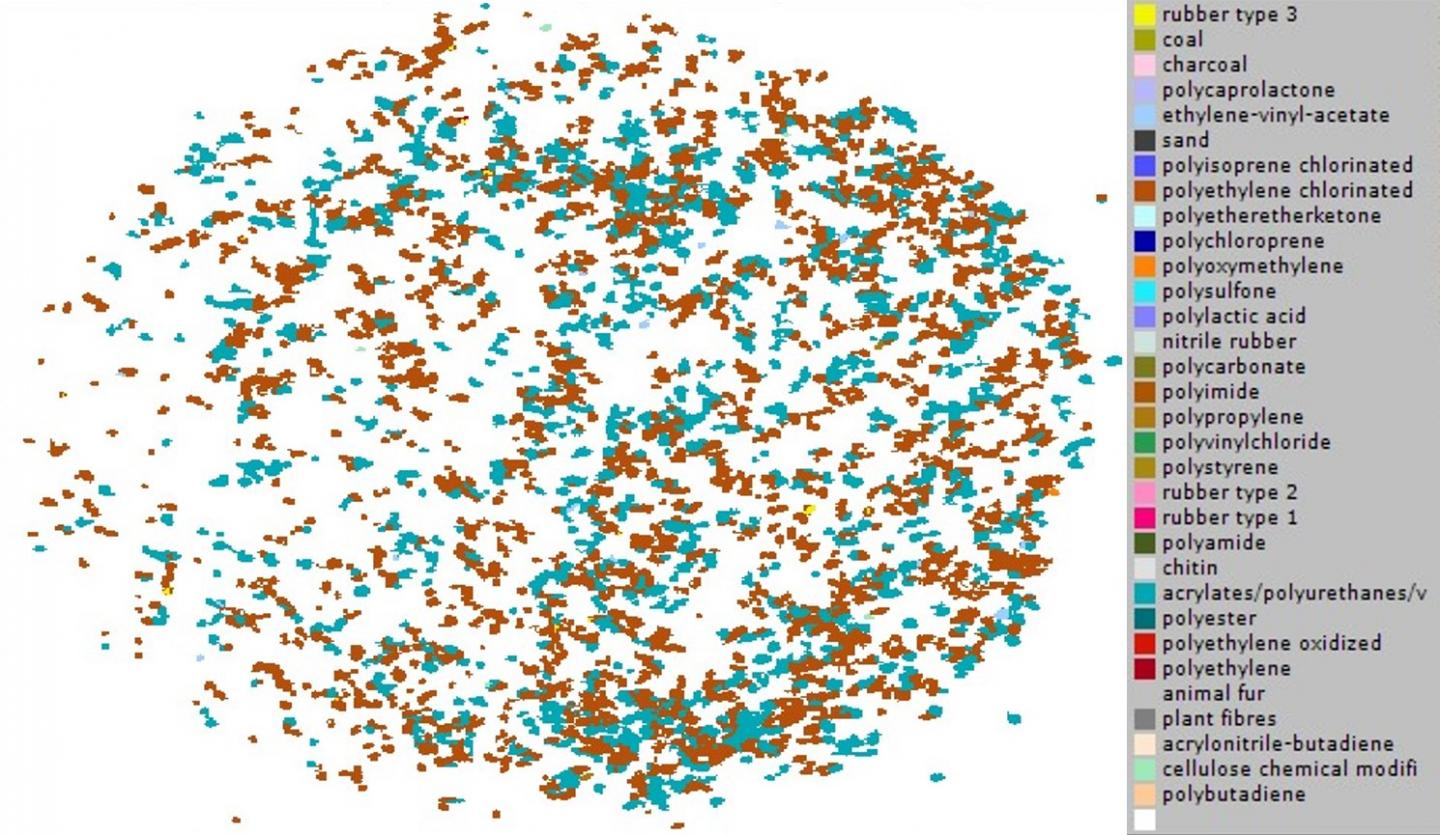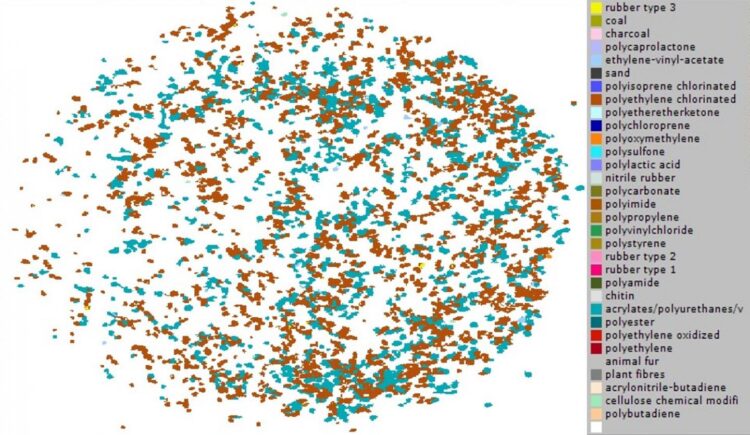
Credit: University of Portsmouth
Scientists have got up close and personal with human sewage to determine how best to measure hidden and potentially dangerous plastics.
As the way microplastics are measured and counted varies from place to place, there is no agreed understanding of the weight of the problem. Until scientists can agree on one way of measuring them, life on land and sea will continue to ingest who knows how much plastic, affecting health for generations.
A new study, published today in Analytical and Bioanalytical Chemistry, by the University of Portsmouth has examined one method, using a chemical solution called ‘Fenton reagent’ to remove organic matter from sewage. It found it has significant advantages in processing times and costs over other currently available methods of testing.
Project Lead Dr Fay Couceiro, Senior Research Fellow in Biogeochemistry at the University of Portsmouth, said: “Multiple digestion with Fenton reagent involves mixing the sewage with hydrogen peroxide and iron sulphide multiple times to breakdown the organic matter. When followed by density separation, where you float off the plastics from everything else, it provides a cleaner sample so the size and type of microplastic can be determined with much less interference.”
Professor Steve Fletcher, Director of the University’s Revolution Plastics initiative, said: “Having some idea of the amount of microplastics in the environment is key to understanding and stopping the potential harmful impacts that this new category of emerging pollutants could have on life on earth. The need for protocols that are robust, simple and reliable together with their standardisation are of crucial importance in the fight against plastic pollution.”
The study targeted the detection of microplastics in the sub-hundred-micron size range, which often get missed because of their tiny size, yet they have potentially higher health risks associated with them. This size of particle also has limited data available from previous wastewater research.
To show the value of this method, samples of raw sewage, final effluent and sludge were mixed with two different sizes and types of microplastics. The multiple digestion with Fenton reagent method showed good recovery of the added microplastics. Considering the various stages required for the separation of microplastics, time is a limiting factor in sample processing. The multiple digestion using Fenton reagent is an inexpensive and time-efficient procedure compared to other currently available methods when analysing large numbers of samples.
Dr Couceiro says: “The Fenton reagent method used in this study has huge potential for bringing about a much needed standardistation of the measuring of microplastics. Without being able to compare and contrast concentrations of microplastics, our ability to make significant strides forward in limiting pollution will be restricted. We would welcome further research that could investigate other types of plastics and the recovering of even smaller plastic particles.”
###
Media Contact
Emma Gaisford
[email protected]
Related Journal Article
http://dx.





